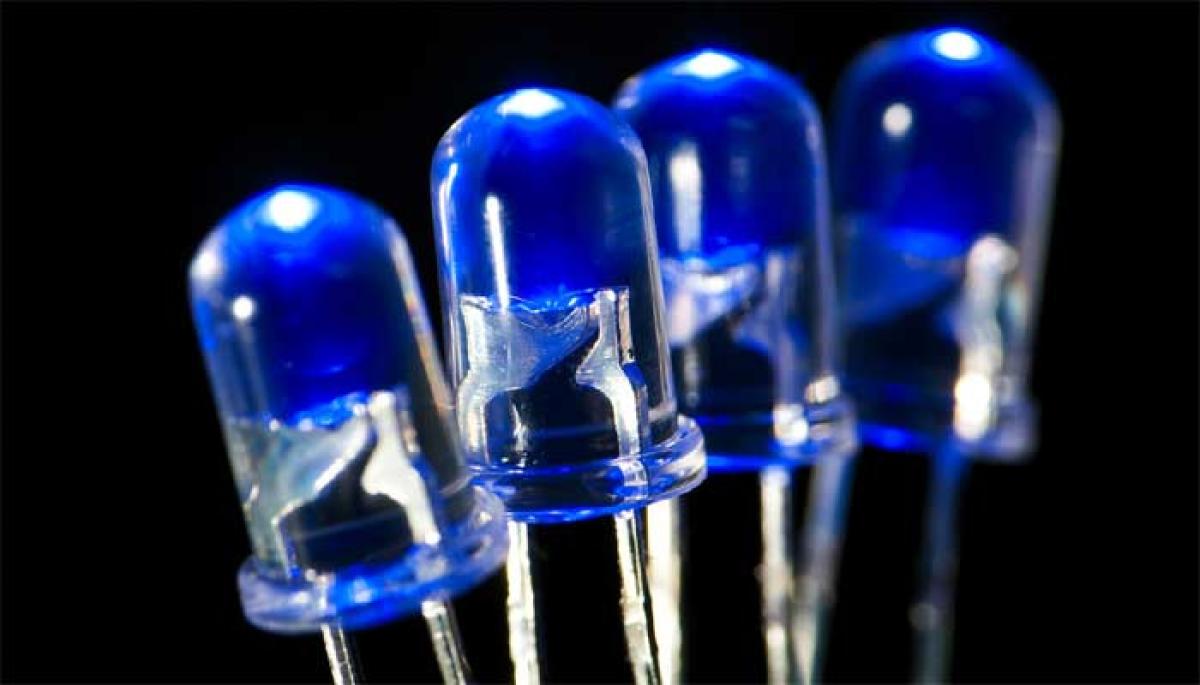Live
- Former Soldier Builds Temple for Rajinikanth, Installs New Idol on Superstar’s 74th Birthday
- Mohan Babu’s Daughter Manchu Lakshmi's Viral Post Sparks Controversy Amid Family Disputes
- NIST hosts alumni meet
- Upcoming Telugu OTT Releases: A Treat for Telugu Cinema Lovers in December
- Vedamrit Honey’ launched
- Arjun Das Brings Mufasa to Life in Tamil
- Odisha move to prepare maritime perspective plan
- Jal Jeevan Mission empowering women in rural areas: PM Modi
- Pradhan urges Nadda to set up pharmacy unit in Odisha
- Assembly winter session ends ahead of schedule
Just In

Disney working on Linux-based LEDs that can communicate. Disney researchers have demonstrated that light bulbs can do more that just illuminate our rooms – they could communicate with each other, with objects and with the Internet, to create ‘smart’ environments.
Disney researchers have demonstrated that light bulbs can do more that just illuminate our rooms – they could communicate with each other, with objects and with the Internet, to create ‘smart’ environments.

Transmitting signals via light is nothing new; Alexander Graham Bell showed that speech could be conveyed with light in the 1880s, years before speech was first transmitted via radio.
The Disney researchers, however, have created networking technology that makes it possible for LED lights not only to communicate with each other, but to do so in a way that is compatible with the Internet and its technical protocols.
Read the full paper here. Stefan Mangold, who heads Disney Research’s wireless research group, said these advances could give Visible Light Communication (VLC) an important role in the growing Internet of Things – the idea that objects can communicate with each other and share information to create smart environments.
“Communication with light enables a true Internet of Things as consumer devices that are equipped with LEDs but not radio links could be transformed into interactive communication nodes,” Mangold said.
“We’re not just talking about sensors, smartphones and appliances. This easily could include toys that have LEDs, creating an Internet of Toys in which toys can be accessed, monitored and acted on remotely,” Mangold said.
The researchers used off-the-shelf commercial LED light bulbs that they then modified so that they could send and receive visible light signals. These modifications included a System-on-a-Chip running the Linux operating system, a VLC controller module with the protocol software and an additional power supply for the added electronics.
The researchers created software that makes the signals transmitted through this hardware compatible with Internet protocols. They were thus able to create networks with a throughput of up to 1 kilobit per second.
These VLC-enabled bulbs could be used to broadcast beacons making it possible to detect the location of objects, linked into a network to route signal traffic or could be used to communicate with objects, researchers said.
“The ubiquitous presence of LED-based light bulbs that can be enhanced with VLC functionality, and the availability of LED-equipped devices, unleashes a wide range of opportunities and applications,” Mangold said.

© 2024 Hyderabad Media House Limited/The Hans India. All rights reserved. Powered by hocalwire.com







